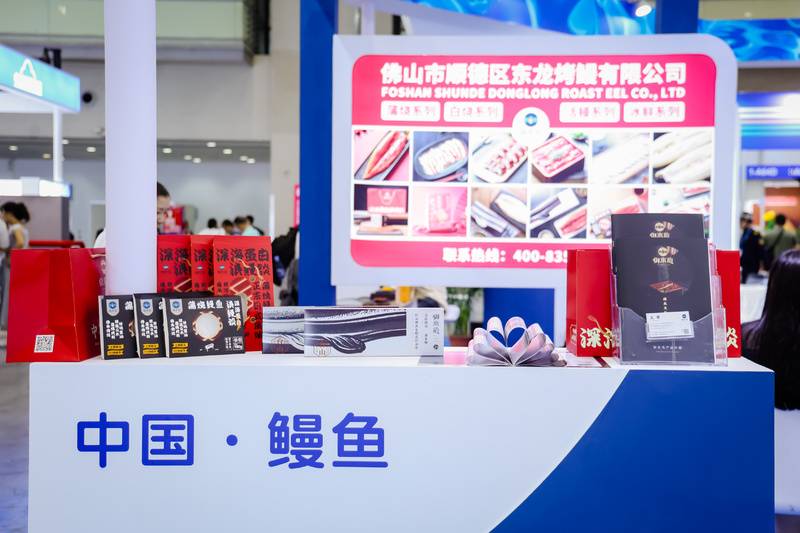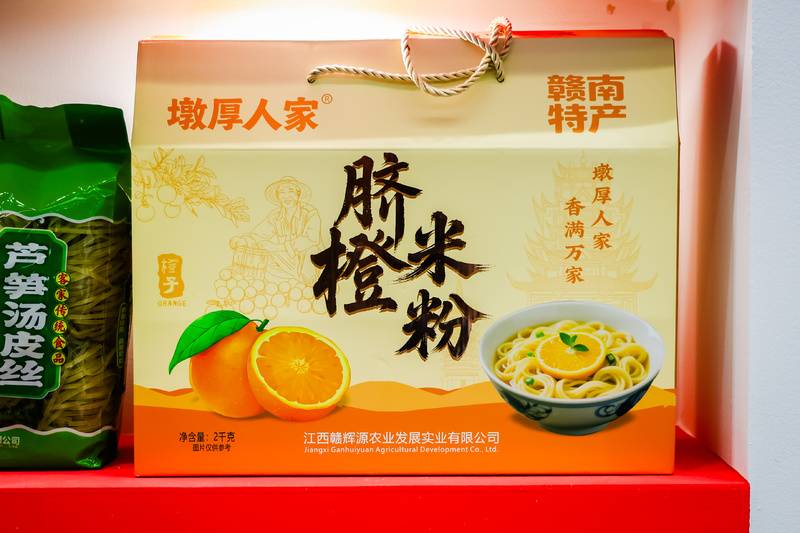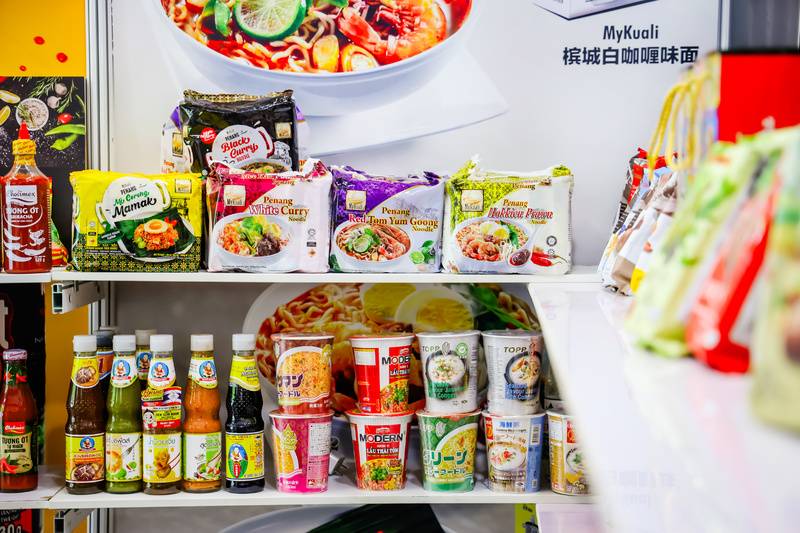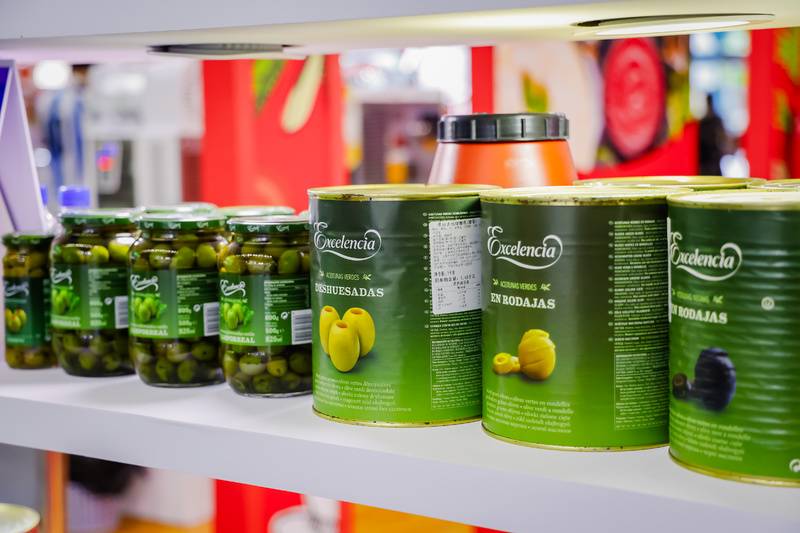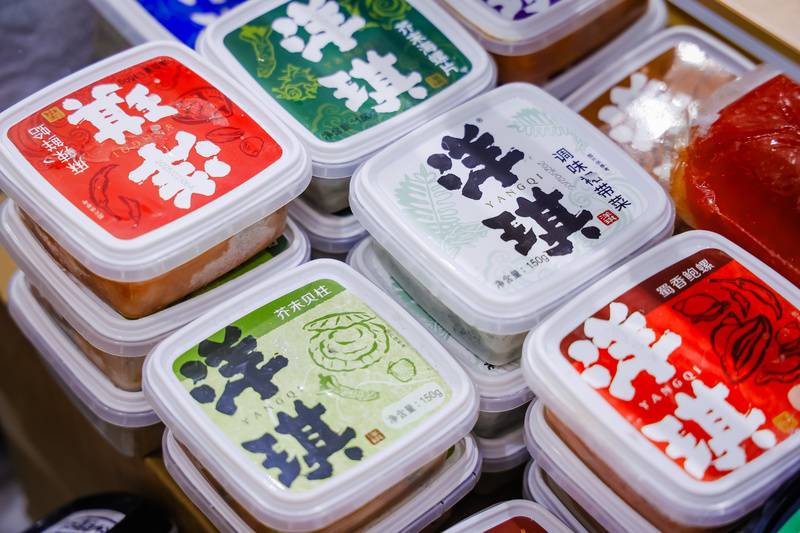Future-Ready Convenience Foods
Convenient instant food industry is creating consumption scenarios with multi-category, multi-specification and multi-flavour products to meet the public's increasingly diversified needs. According to the data of iiMedia Research, the market scale of China's convenience food market has been expanding, and the market scale of China's convenience food market has reached 673.6 billion yuan in 2023. With the family consumption, catering access and other parties, the product categories of convenience food can be expanded. More enterprises and capital aim to enter the track and in 2026, China's convenience food industry market size is expected to exceed one trillion yuan. There are 4,384 existing convenience and fast food-related enterprises in China, of which the proportion of enterprises established for more than ten years has reached 47.3%. Currently, Guangdong Province has the largest number of convenience fast food-related enterprises, totalling 927.
According to the data, consumers most often purchase instant noodles and rice (63.1%), ready-to-eat food (57.7%) and frozen food (52.5%), while pre-prepared dishes with a relatively rich selection of dishes are also gradually occupying a certain market. In terms of reasons for purchase, convenience (49.9%) and good taste and enjoyment (45.1%) were the main reasons for consumers to buy convenience foods.
Research data from iiMedia Research shows that 47.1% of consumers are concerned about the taste of convenience foods. In addition, more consumers are concerned about product cost-effectiveness (39.7%) and quality (37.8%). Chinese consumers hope that the future direction of improvement of convenience foods will include ingredient safety and no additives (51.2%), delicious taste (42.3%), good health (41.0%), and improved nutritional value ( 40.8%), etc. The homogenisation of convenience foods in the market is obvious, and innovation in terms of raw materials, flavour and processing methods can better meet the pain points of young consumers who are in pursuit of diversified, healthy and nutritious needs.
The data showed that instant noodles accounted for the largest share of the convenience food market, occupying a market share of 39.63% in Q1 2024, an increase of over 3 percentage points from the same period in 2023. The market share of snail powder products was the second largest, with the market share fluctuating at around 3% between Q1 2023 and Q1 2024, and declining year-on-year. In addition, products such as self-heating hotpot and self-heating rice products both experienced a slight decline in market share.
According to the data, consumers pay more attention to shelf life and freshness when buying frozen food, accounting for 64.3% and 56.8% respectively. Convenience is the main reason for consumers to buy frozen snacks. Frozen food has been processed and handled during the production process, without the need for tedious cooking steps, and this convenient and quick characteristic makes frozen food the first choice of consumers.
The entire market size of the consumer side of the home economy is 1.5 trillion yuan, involving many industries such as e-commerce, takeaway, gaming and food. Single people are more inclined to order takeout and eat convenience food in their daily dining style. As the number of people living alone and single people grows, the "home economy" and "one-person food" have become two important trends in the catering industry.
*Reference:《2024-2025年中国方便食品市场发展及消费能力洞察报告》《2023速食行业趋势报告》

